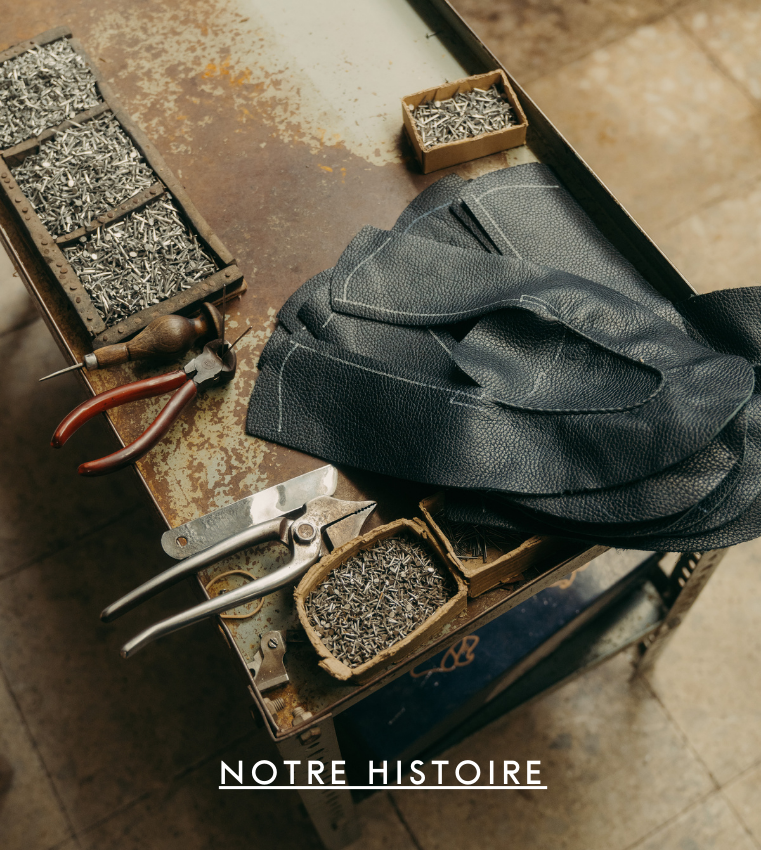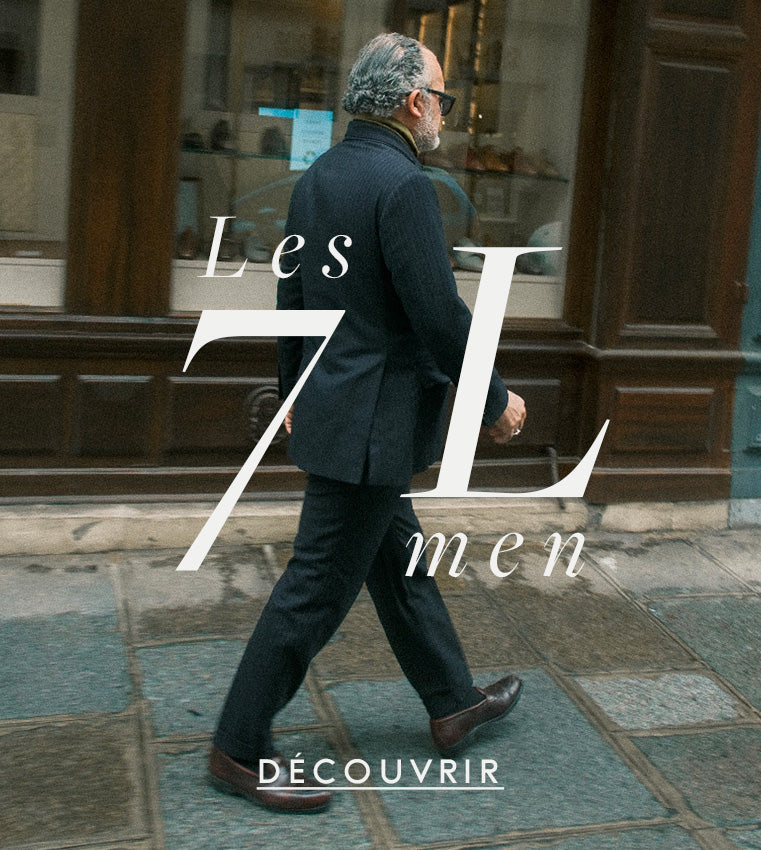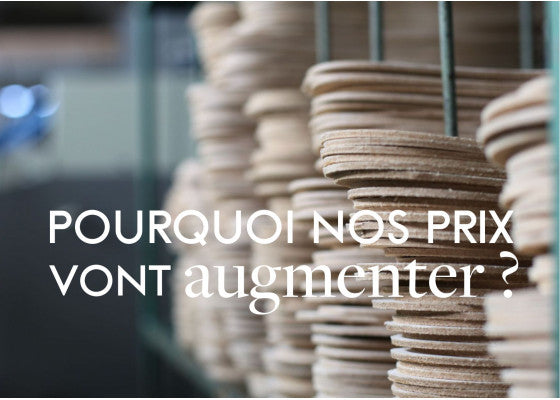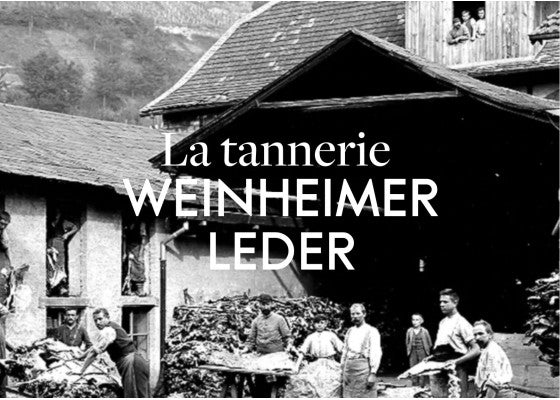There are many assembly methods for constructing a shoe. In this article we will detail several of them and will take care, for each construction presented, to highlight the advantages and disadvantages.

A quick definition
By assembling a shoe we mean the technique allowing the sole to be joined to the rest of the shoe . The assembly influences the longevity of the shoe, but also its waterproofness, comfort and of course, style. There are two main categories, so-called sewn assembly and so-called welded assembly.
The latter is based on collage techniques. Even if it must be recognized that today the glues used are more and more resistant, this type of assembly nevertheless offers a shorter lifespan to the shoe, in particular because of less good resistance as well as the difficulty of proceeding with resoling. We therefore focus here on sewn assemblies , and more particularly on the most common industrial methods, that is to say those carried out with the help of machines, and not exclusively with the force of hands.
The anatomy of the shoe
A shoe is made up of different elements, some visible, others not, but the quality of which is entirely important because it has a decisive impact on posture. As François-Henri Désérable said, “ you only need two things in life: good shoes and a good bed. You spend two thirds of your time in one, a third in the other. ” It is indeed Here it is important to respect the anatomy of the foot as much as possible.
Specialists also say that the explosion of sneakers over the past several years has brought a multitude of problems linked in particular to posture (back pain, knee problems to name a few). This is partly explained by the fact that most of these sneakers are mounted on flat soles, not respecting the natural curvature of the arch of the foot and thus modifying the angle of the joints. If we take the example of the cork layer found on our Goodyear assembly, it will adapt to your body shape over time while providing you with the support necessary for good posture. The different components therefore each have their importance.

• The upper - This is the outer part of the shoe, generally made up of a piece of leather in which we can distinguish the following parts: the vamp , going from the toe to the instep (see toe & slap on the diagram), the quarters which represent the lateral parts of the shoe and the buttress , located at the back and intended to consolidate the heel.
• The lining - Located inside the upper, it is in direct contact with the foot and is intended to reinforce the skin.
• The outsole - Part directly in contact with the ground, this is the outsole. It can be made of leather or rubber.
• The insole - It is made up of a leather insole to which a fabric wall is attached. A clean insole covers it. It is on this that the foot comes to rest.
Assembly is therefore the technique according to which the upper is assembled to these different elements, in particular and mainly to the sole(s). To do this, the upper of the shoe is placed on a last, then the elements are assembled following a manufacturing process varying from one assembly to another. It is on this last point that we will focus today.
The Blake
This assembly takes its name from the machine used to make the seam, named after its inventor, the American Lyman Reed Blake. Simple construction, it consists of a single seam linking the insole, the outsole and the upper of the shoe.
It is therefore the industrial application (because it is carried out by a machine and not by hand) of sewing from the outside and the inside)

The Blake is thus distinguished by the finesse allowed by its single-seam, which exempts it from additional stitches on the outer edges of the shoe. The sole is then lighter and thinner than others, giving it a more slender shape. This also allows it to gain flexibility.
This assembly is, however, often criticized for the difficulty in being resoled. The outsole and the upper must in fact be unstitched and then sewn back together. Unless you go through the exact first stitching points again, which requires great dexterity - but which is not in itself impossible, the new stitching will weaken the sole because new holes will therefore be made.
Finally, we note that the sewing points being located under the insole, they can be felt under the foot and create slight discomfort depending on the sensitivity of each person.



